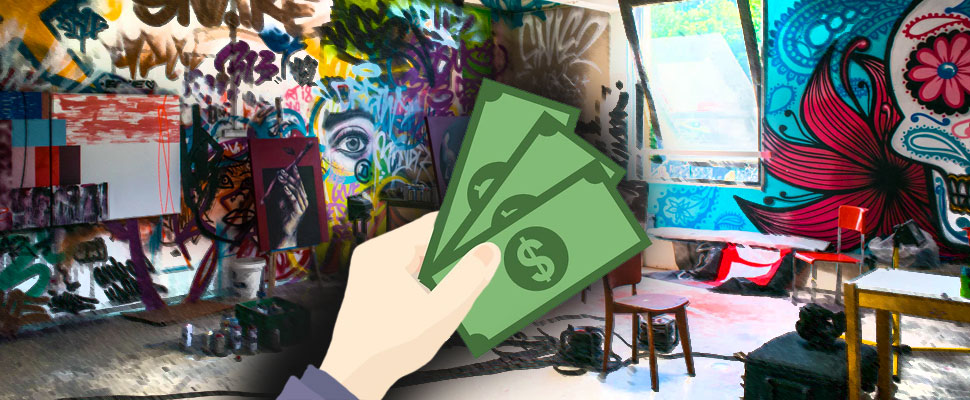Do you have money to invest? Art can be an option
While it may seem inaccessible, the art world offers great investment opportunities that make it an attractive business

In the last report of the Art Basel firm together with the Swiss bank UBS about the world art market, it reveals the dynamism that the art world still maintains as a source of investment. Of the 15 million HNWI people in the world (High Net Worth Individuals, people with more than one million dollars in financial assets), 35% invest actively in the art market. What makes art such an attractive investment?
Leer en español: ¿Tienes dinero para invertir? El arte puede ser una opción
The short answer would be to say that there is a lot of money to earn. In May of this year, at the Sotheby's auction house in London, a painting by the Italian artist Amedeo Modigliani entitled Nu couche (south la cote gauche) sold for $ 157.2 million dollars to become the fourth most expensive work ever auctioned. Its previous owner, an Irish horse breeder named John Magnier, acquired it for $ 26.9 million in 2003 and 15 years later it received almost six times what he had paid.
If you do not have $ 27 million left to invest in renowned art, do not be impatient, Art Basel report and UBS said that only 1% of HNWI art buyers have paid more than one million dollars for a work. In fact, 79% of them say that the most common price they pay for a work is below $ 5,000, even if they are people with a lot more capital to invest.
Read also: How much does the culture of a company cost ?: IBM's new millionaire purchase
Investing in art and investing in the stock market is not the same
While both markets can greatly enrich their investors, and while both markets are saturated with uncertainty, the art market and the stock market have fundamental differences.
In the first place, although buying art is becoming easier, with more galleries, dealers and web portals dedicated to the sale of works, selling art is a real challenge. Meanwhile, opening an e-trading account on any platform already unlocks the ability to buy and sell shares instantly, and certainly with less paperwork that can be found when selling a work at an auction house.
This difficulty in selling the art and converting it IGNORE INTO money makes it much less liquid than an action, which may seem a disadvantage. However, according to the book "The Art of Investing in Art" by Kyle Sommer, in times of instability and inflation, art becomes an investment asset that is much more attractive than stocks due to its ability to retain value. For this reason, art is considered by expert investors as a 'defensive asset', that is, a way to preserve wealth in times of market instability and volatility.
Great opportunities for the well-informed
In addition, while the world's stock markets are heavily regulated, the art market rarely is. Again, this may seem a disadvantage, but it can be an opportunity for those who stay well informed and advise themselves well in the art buying process.
All transactions on the stock exchange, for example, must be based on information available to the public, and the companies that issue the shares are obliged to share all the information pertinent to the movement of the shares with the public to facilitate the exchange.
In the art world, it's not like that. Those who follow closely the trajectory of an artist, know the artists that are going to be exhibited in a renowned museum or know how to differentiate between a false and a real work will find considerable advantages that will help them get ahead of other investors.
LatinAmerican Post | Pedro Bernal
Translated from: '¿Tienes dinero para invertir? El arte puede ser una opción diferente'
Listen this article





